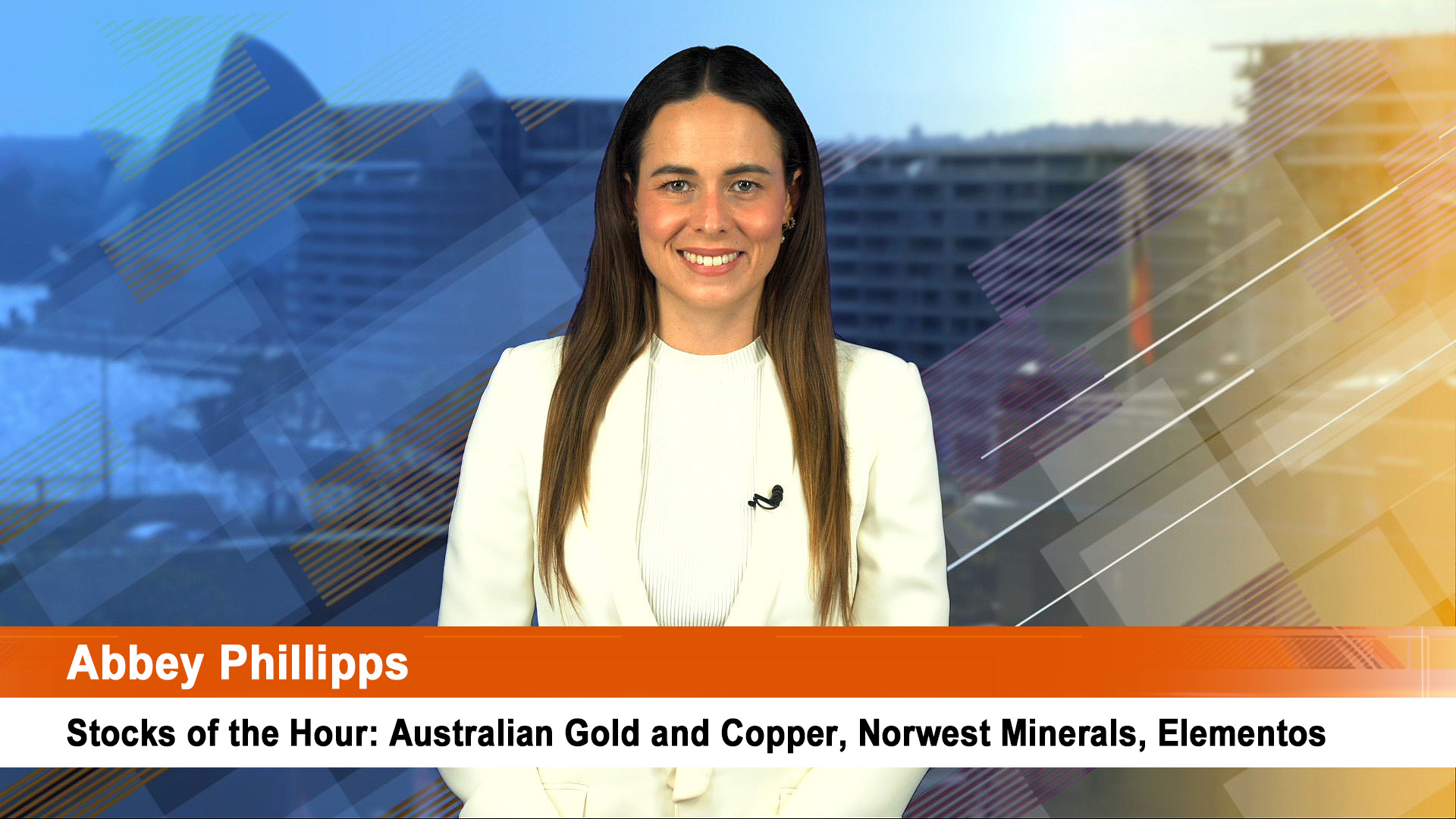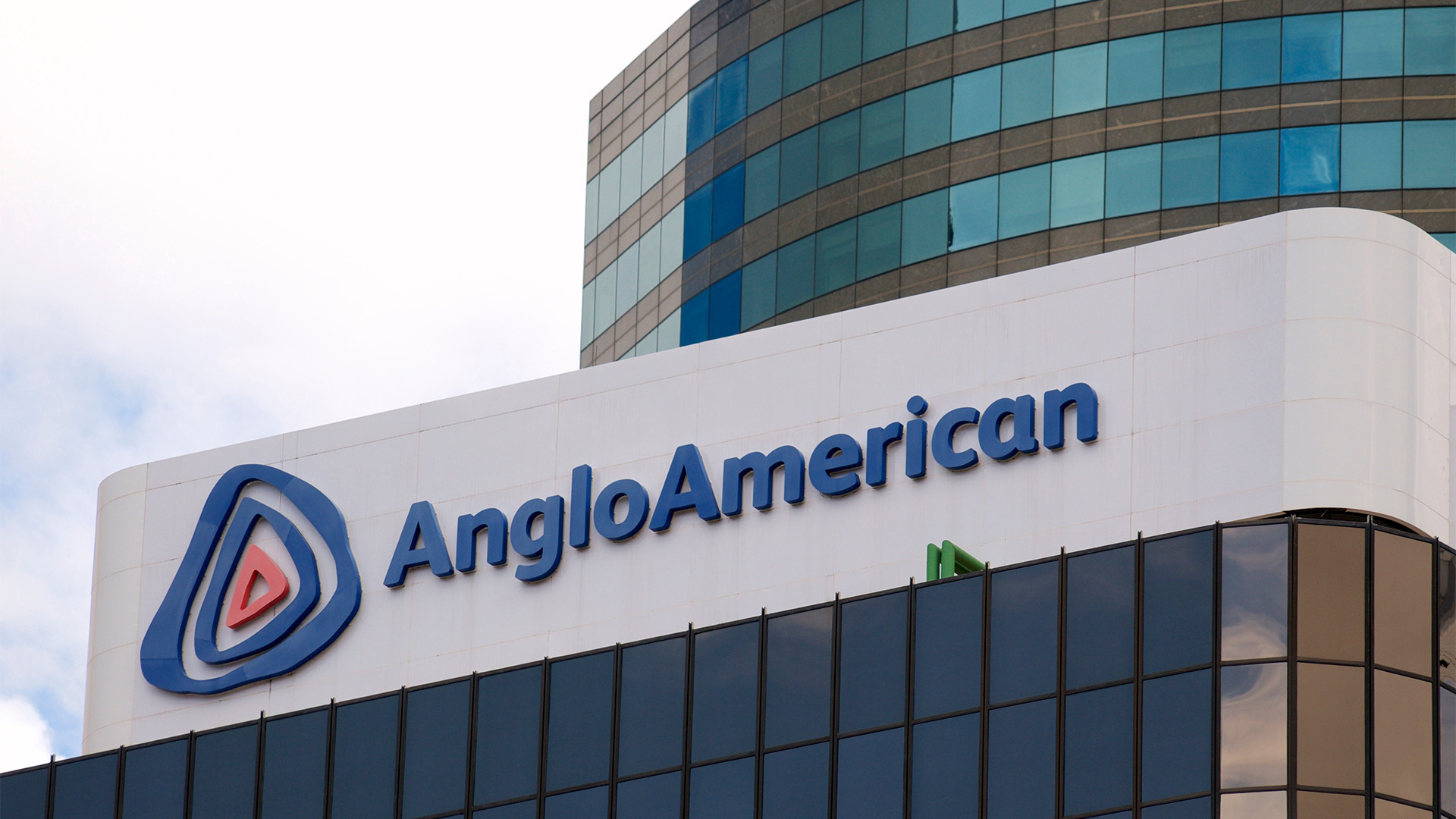Rio Tinto has blinked at long last and put a lid on its iron ore ambitions.
Chairman Jan du Plessis told the company’s annual meeting in Brisbane yesterday that the miner will not expand its iron ore output further than the present maximum of 360 million tonnes a year.
He told the meeting of the company’s Australian shareholders that Rio had built rail and port capacity to export 360 million tonnes, and will export between 330 million and 340 million tonnes in 2016.
In its March quarter production report last month, Rio trimmed back its 2017 guidance for iron ore shipments by up to 5%, citing delays in its AutoHaul driverless trains project in Western Australia.
The company now expects iron ore output from its Pilbara operations to fall to between 330 and 340 million tonnes in 2017, pushing back further its eventual production target of 360 million tonnes towards 2018 or 2019.
“We are not yet fully utilising that capacity…we certainly over the next few years plan to fill the capacity,” Mr du Plessis told the meeting.
‘"We have no plans at the moment at all to extend our infrastructure capacity beyond the 360 million tonnes."
Iron ore prices have fallen by more than 5% on each of the past two days, and were around $US60.09 per tonne on Thursday.
Much of the recent price rise has been driven by a combination of higher demand for steel from Chinese builders in the property sector, a shortage of steel products and speculation by investors in the various futures markets across the country.
That has seen the various Chinese exchanges and regulators attempt to control the speculative surges by changing trading terms and margin requirements. That looks like being behind the recent fall in iron ore prices this week.
In his address the chairman told shareholders that at a time when many companies are focussed on repairing their balance sheets, "your company has demonstrated it has the capacity to commit to compelling world-class growth projects whilst at the same time rewarding shareholders".
"Investments such as the Amrun bauxite project in Australia and the development of the underground mine at Oyu Tolgoi in Mongolia, which will be reviewed by the board in the first half of this year, ensure that Rio Tinto continues to grow and position the company well to deliver shareholder returns through the cycle,: Mr du Plessis said.
On the abandonment of the company’s long held progressive dividend policy, the chairman explained, "Your board therefore decided earlier this year to replace the progressive dividend policy with a more flexible approach that more appropriately reflects the cyclical nature of our industry.
"It should enable us to deal better with cyclical extremes and, most importantly, to reward shareholders more generously when commodity prices are high.
"It was not an easy decision to take, but it is a thoughtful and prudent response, and in the long term interest of your business. "As we transition to this new dividend policy, we intend that the full-year dividend for this year (2016) will be not less than 110 US cents per share.
"Beyond 2016, we expect total cash returns to shareholders to be in a range of 40 to 60 per cent of underlying earnings.
"Over the longer term, the board is committed to maintaining an appropriate balance between cash returns to shareholders and investment in the business, with the intention of maximising shareholder value,” he said.
Yesterday’s meeting was the last as chief executive for Sam Walsh, who will hand over to Jean-Sébastien Jacques in early July.
Rio shares rose 0.4% to $48.06.













